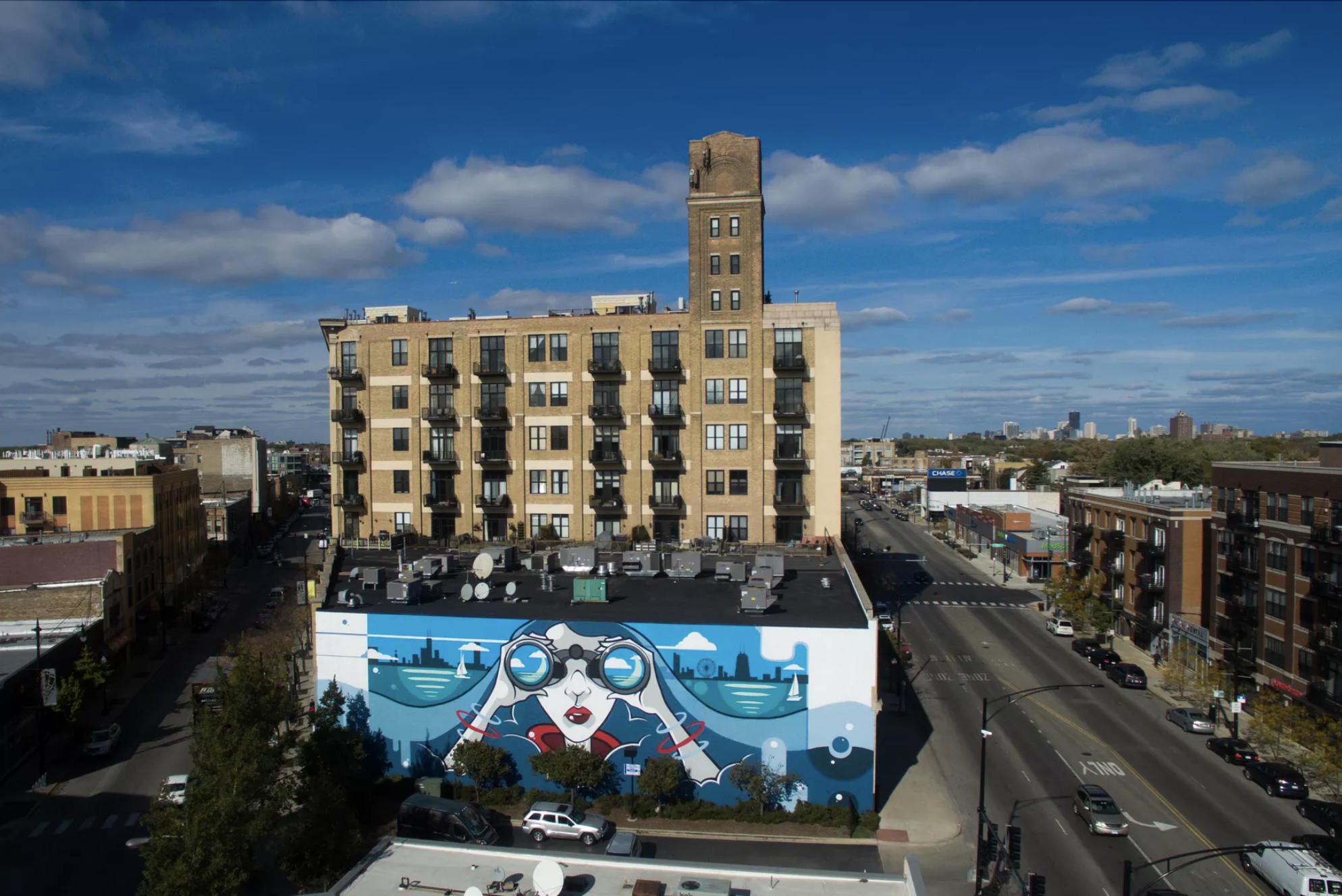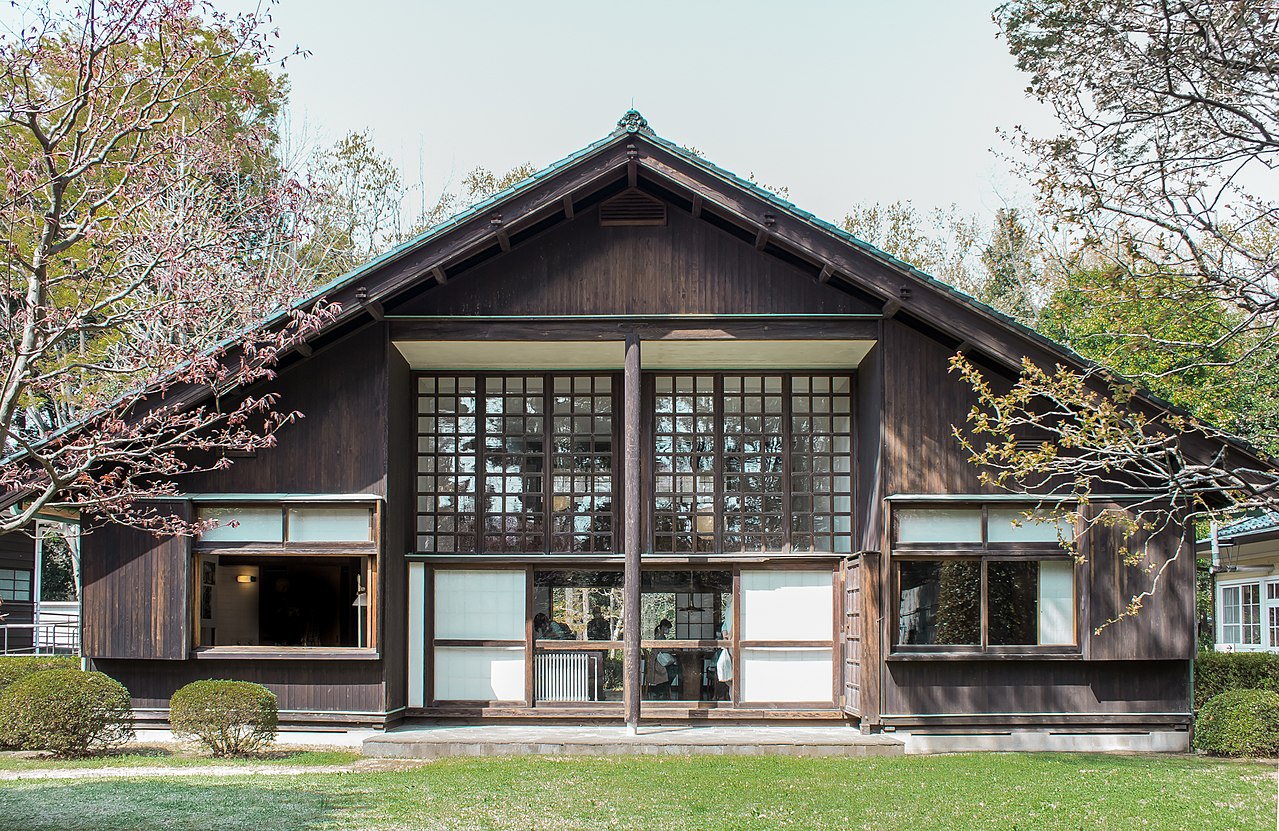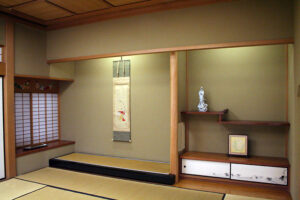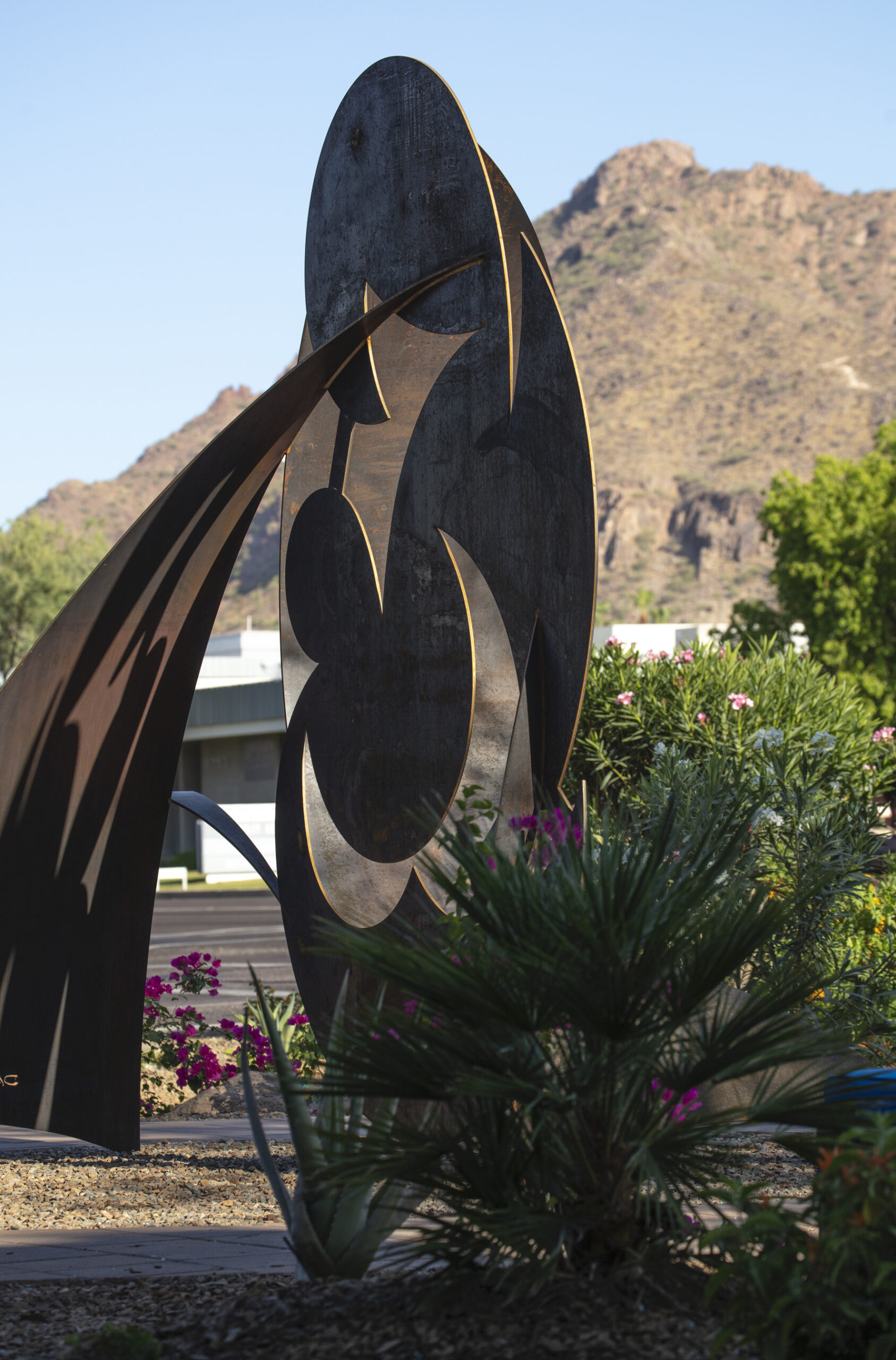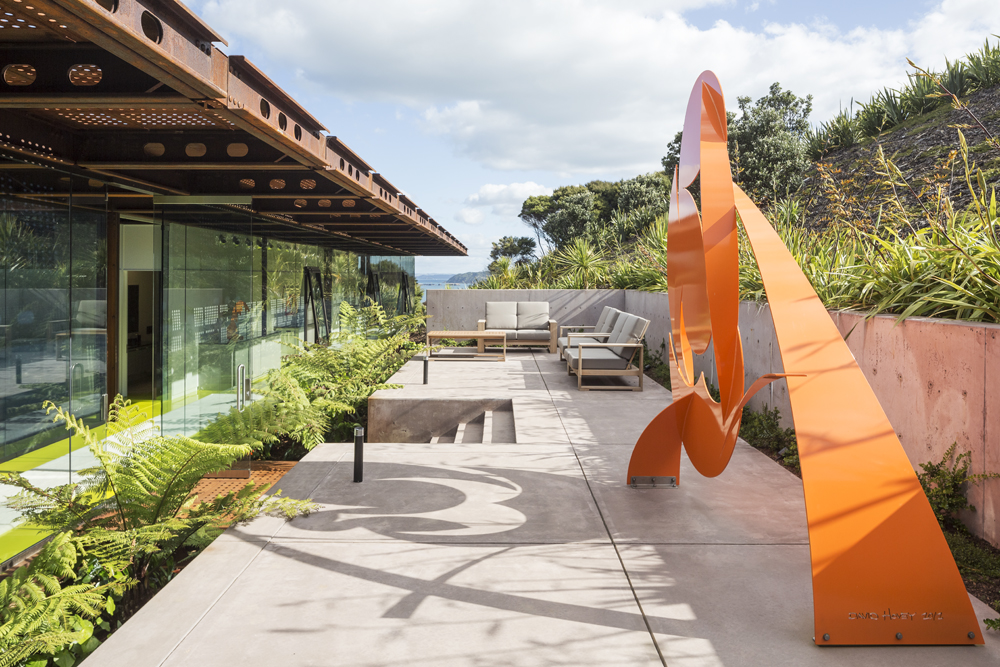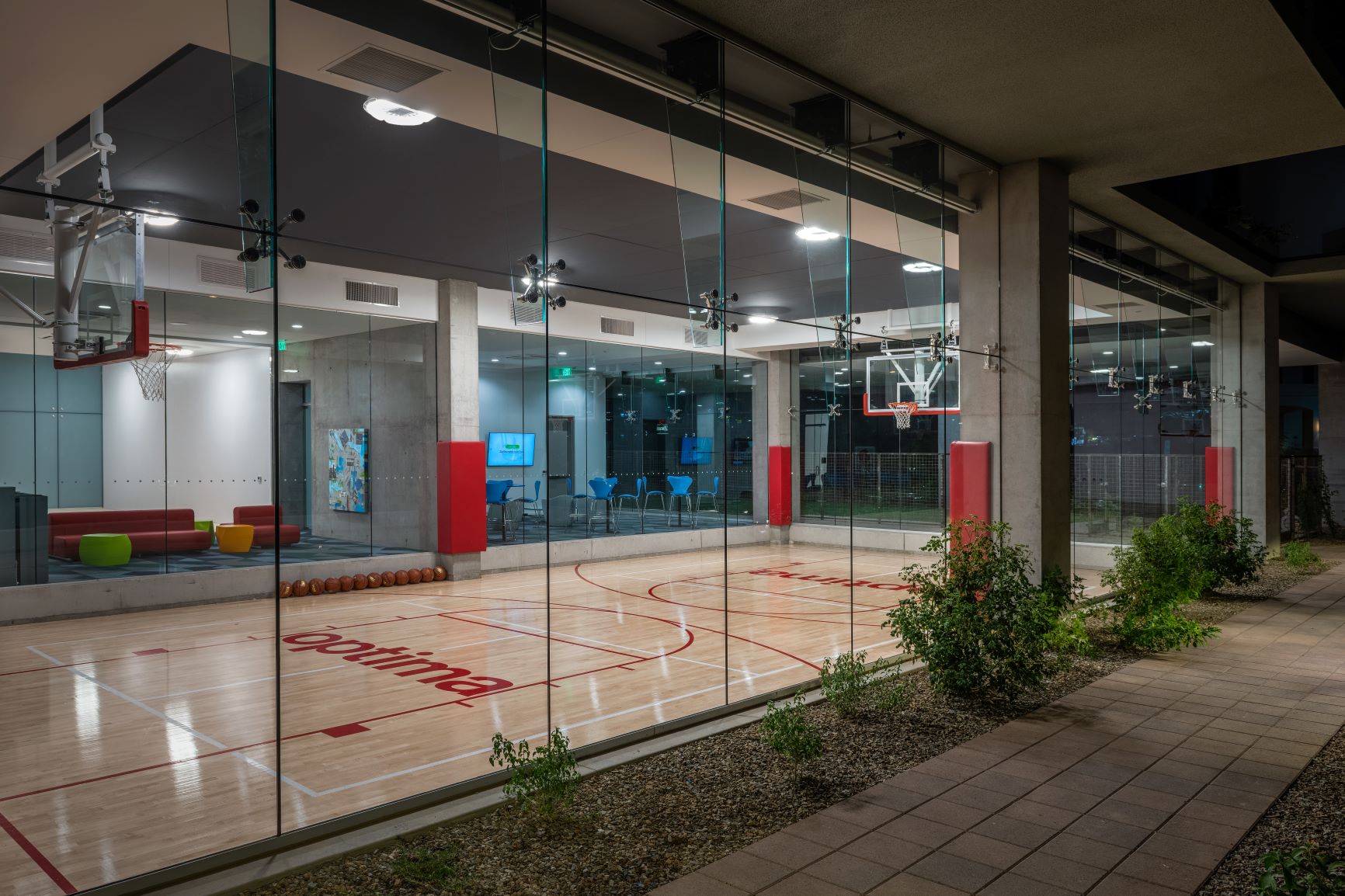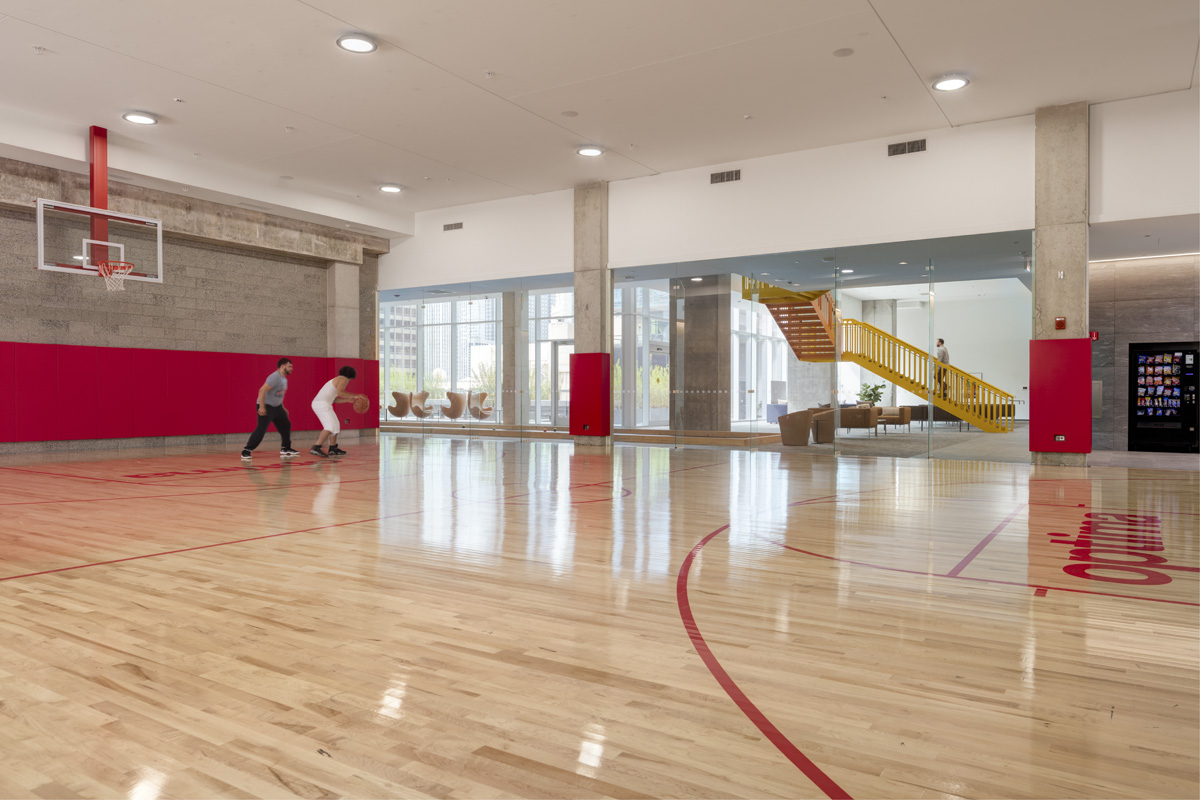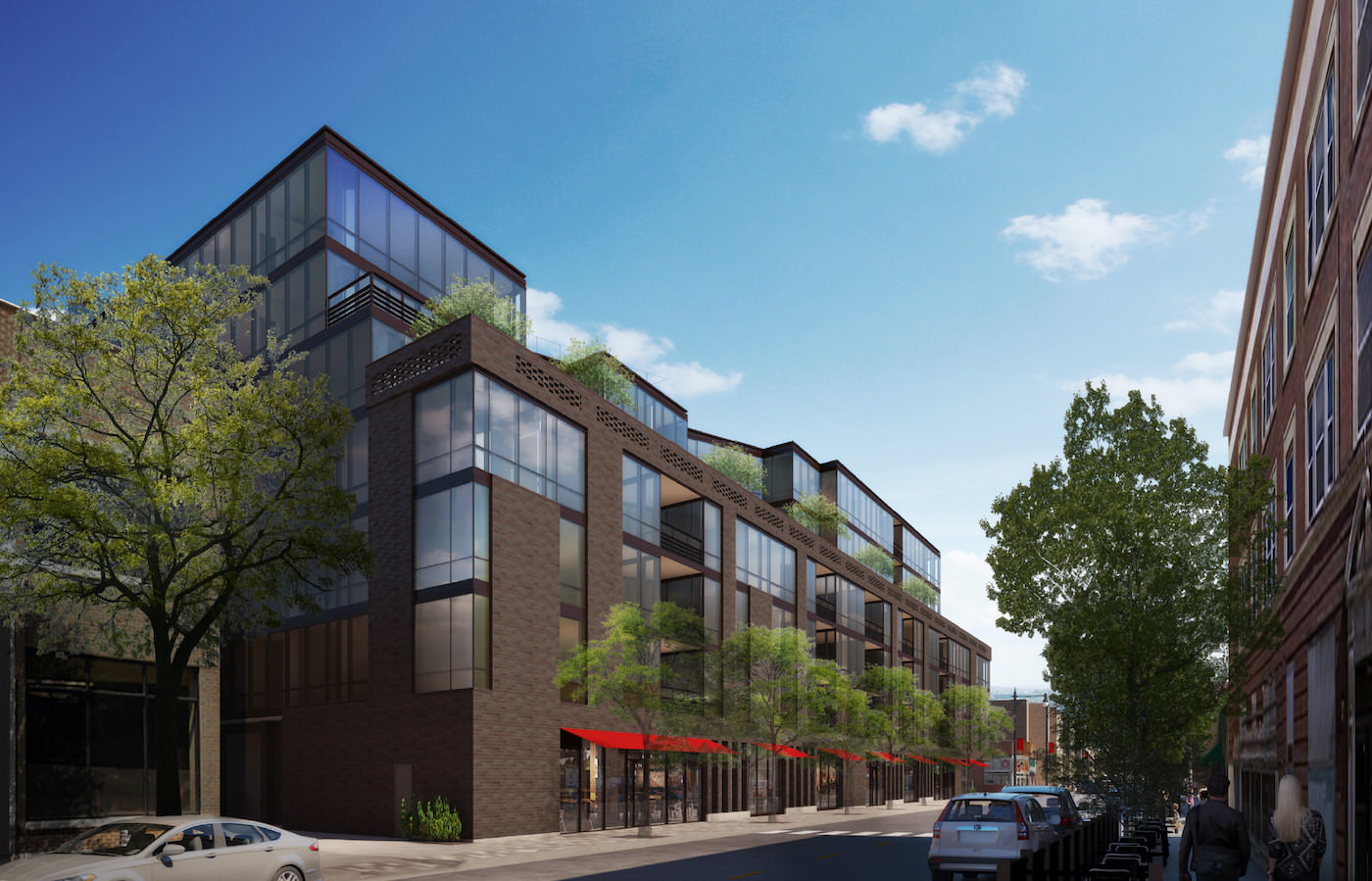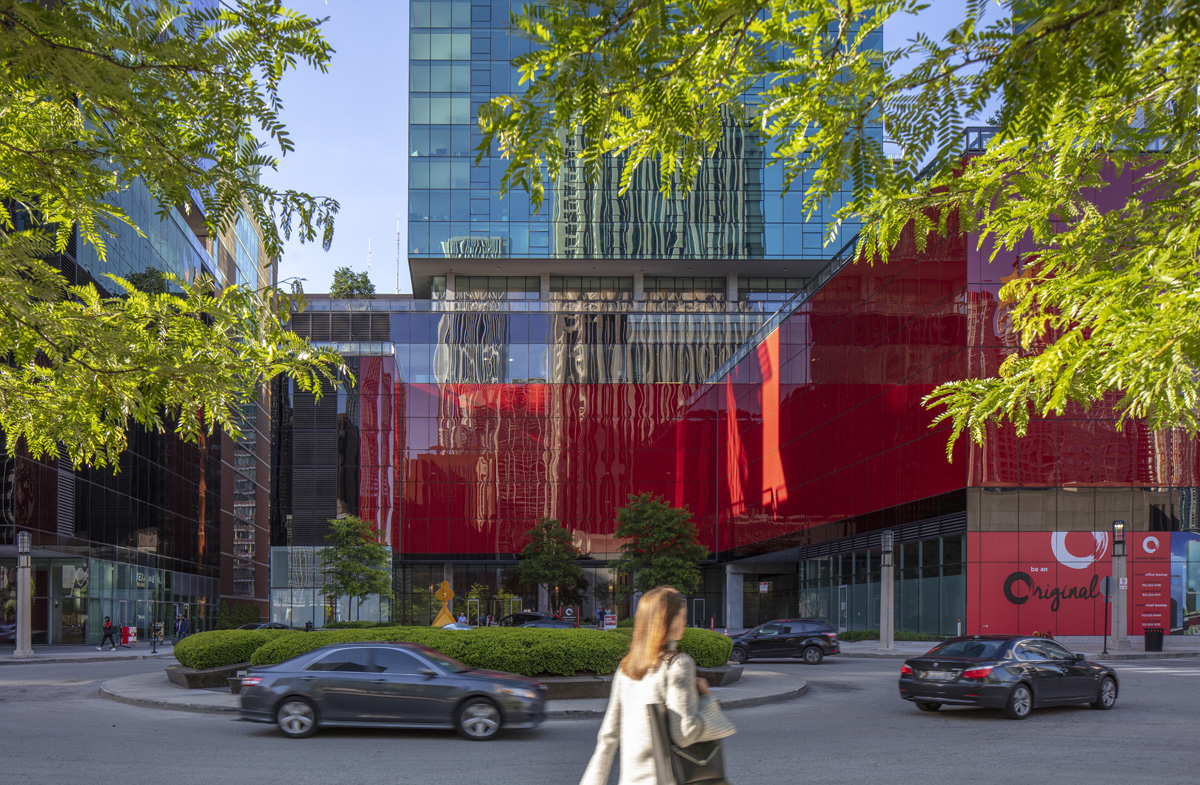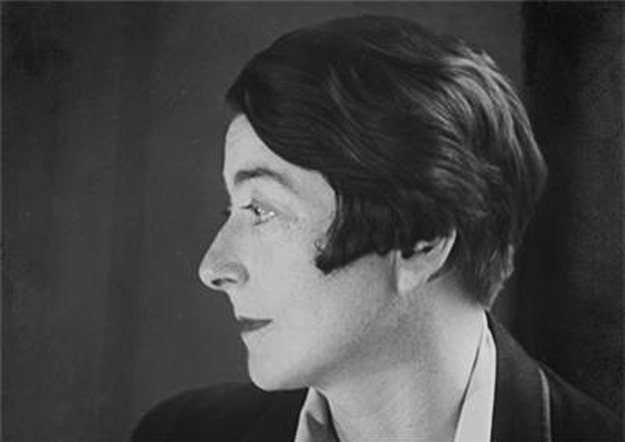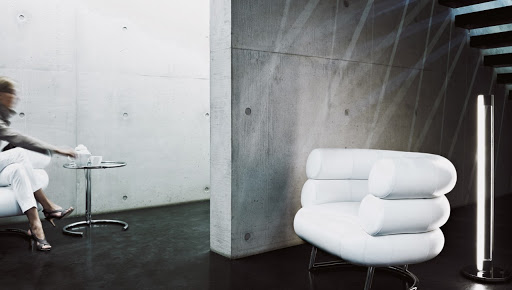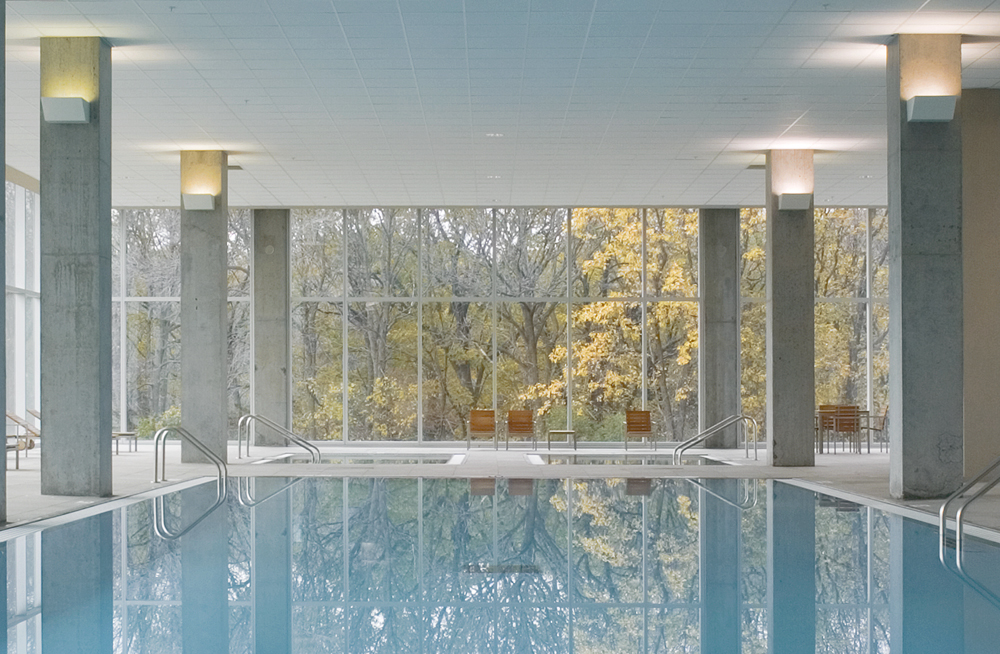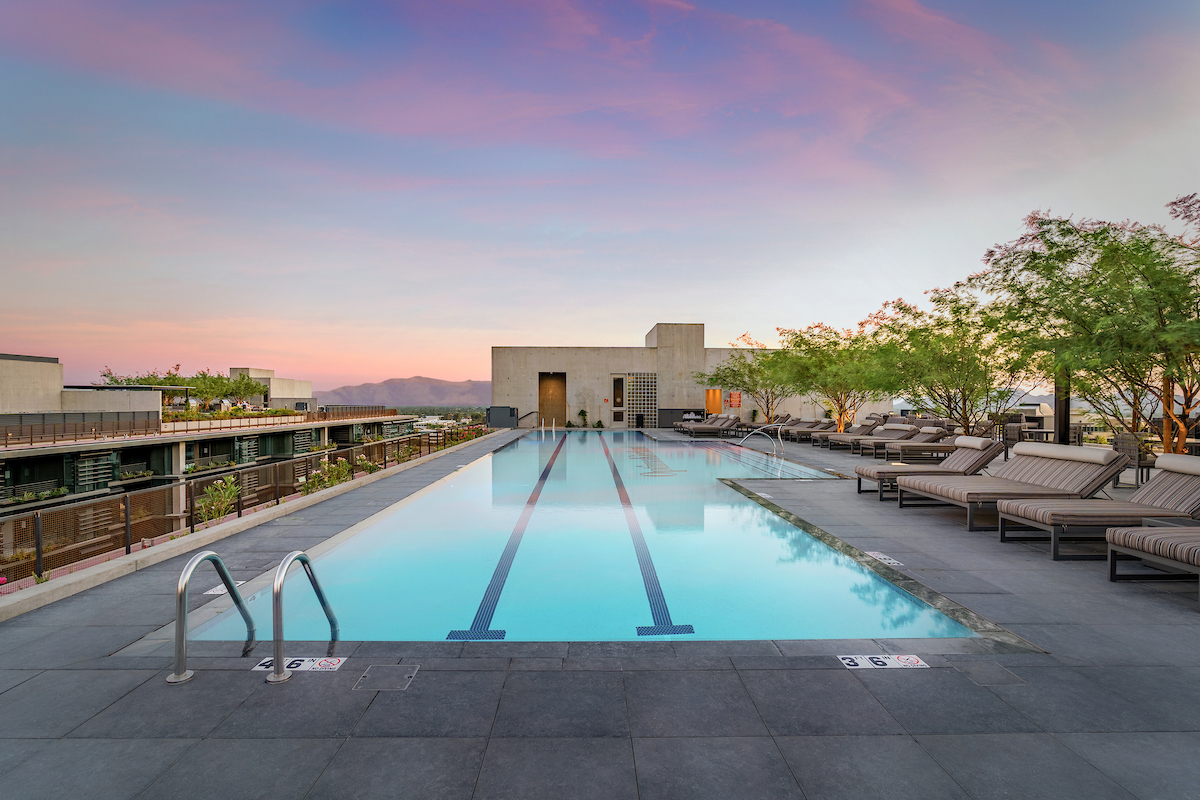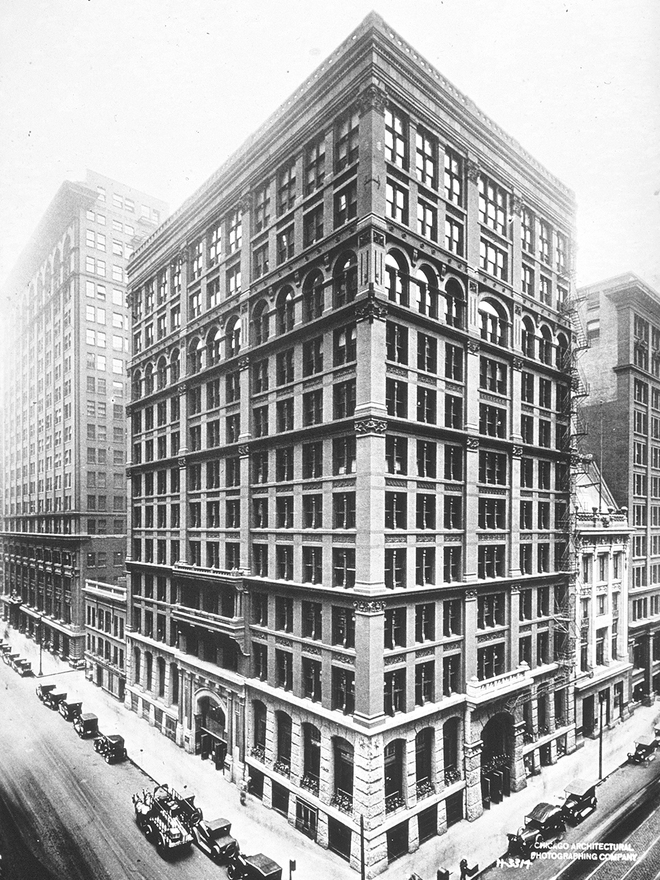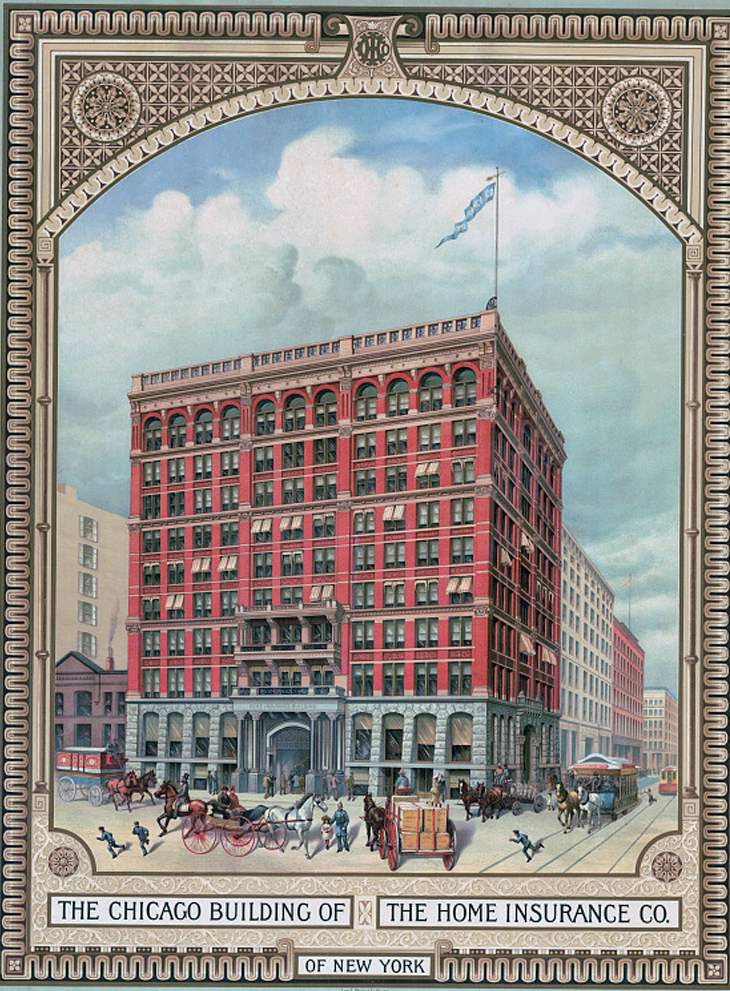One of the many reasons we love Lakeview — one of our newest Optima communities with the construction of Optima Lakeview — is its thriving, engaging art scene. From giant murals to local programs, there’s something for everyone in the Lakeview creative community.
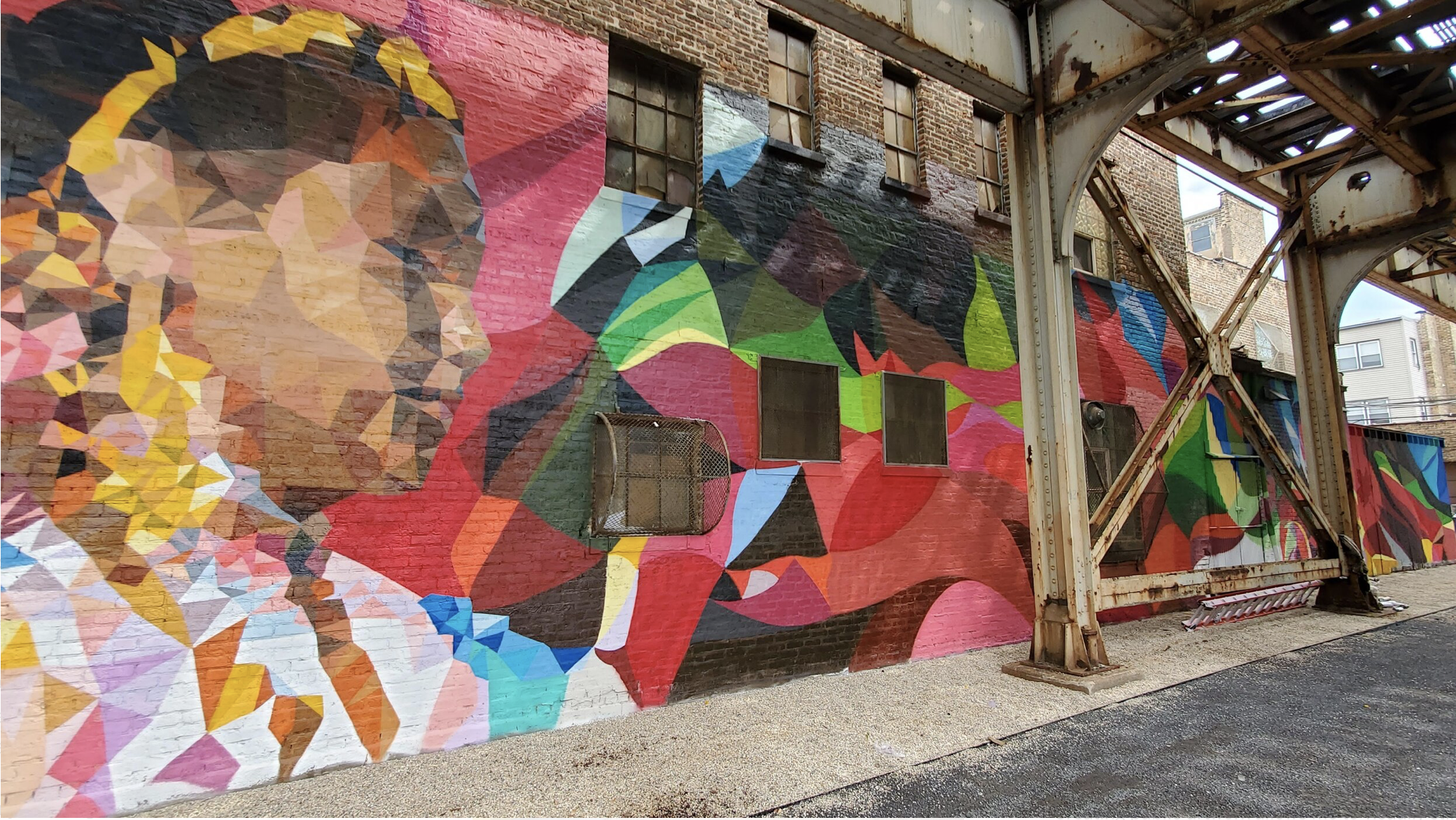
Public Art
Like many other Chicago neighborhoods, Lakeview’s streets are adorned with eclectic and energized murals and public art. Each piece has its own unique personality, many designed and executed by local artists. Guided by the 2011 Lakeview Area Master Plan, the Lakeview Chamber of Commerce, Special Service Area (SSA) 27 and Friends of Lakeview championed the installations to reflect the spirit of Lakeview and brighten up pedestrian routes. Contributing artists include JC Rivera, Louise “Ouizi” Jones, Lauren Asta, Antonio Beniquez, Anthony Lewellen, Mauricio Ramirez, Chad Kouri and more. We love how the colorful artwork creates such a vibrant, welcoming feel to the neighborhood.
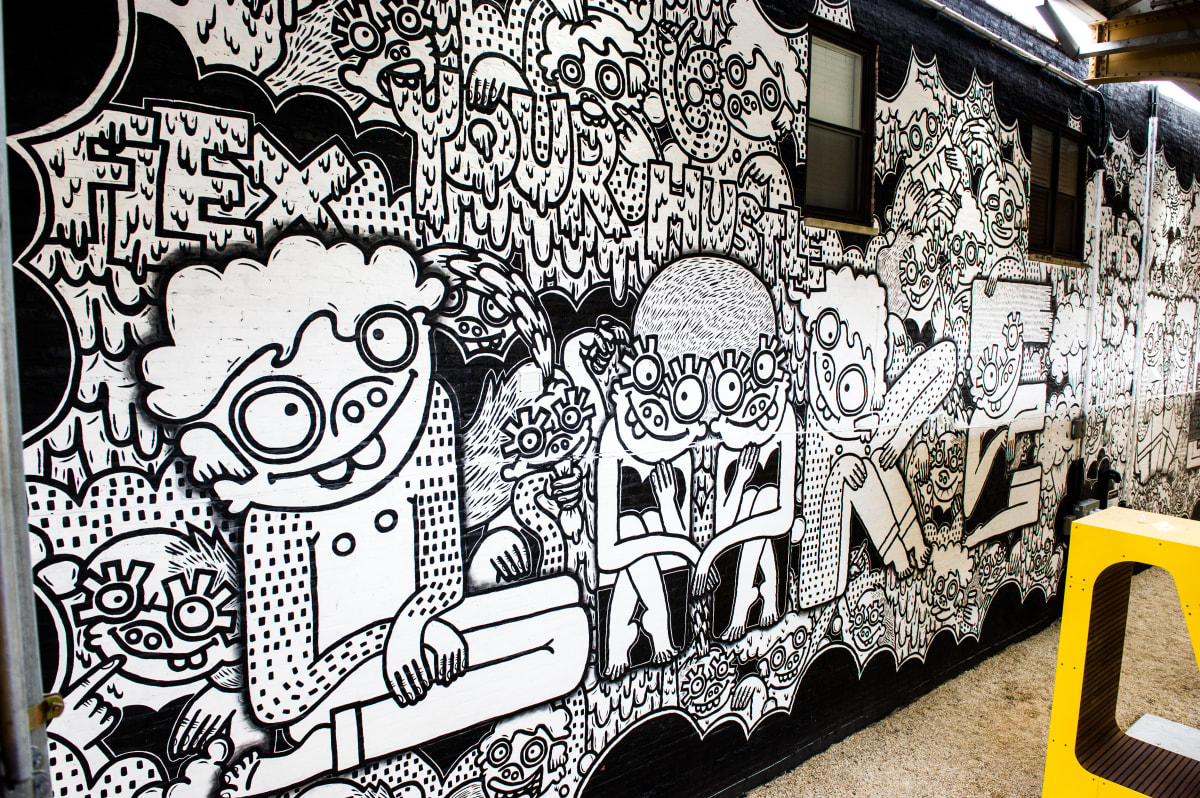
Lakeview East Festival of the Arts
In a typical year, you can find art from more than 150 artists at this annual event and Lakeview tradition. The summer festival also features music performances and fare from local restaurants. In 2020, the festival was moved online and turned into a virtual showcase, which you can still check out. It’s a great way to discover your next favorite local artist and business owner.
Art Classes
If you’re feeling inspired to pick up a new hobby, Lakeview has plenty of ways to learn how to expand your own creativity. Park West Ceramics offers classes and workshops for those who aren’t afraid to get their hands dirty. For little artists, Kidcreate Studio offers classes, camps and art-themed parties for ages 18 months to 12 years. And for a fun night out (or in), Bottle & Bottega offers a classic sip-and-paint class, with at-home kits and virtual options.
Whether you’re an admirer of the arts or a budding artist, Lakeview is a unique contributor to Chicago’s expensive network of artists, photographers, sculptors and creative visionaries.
